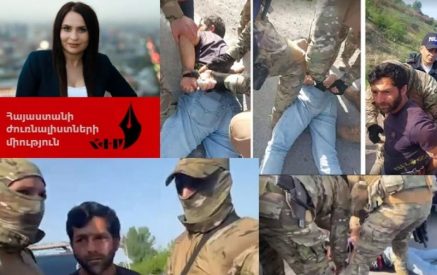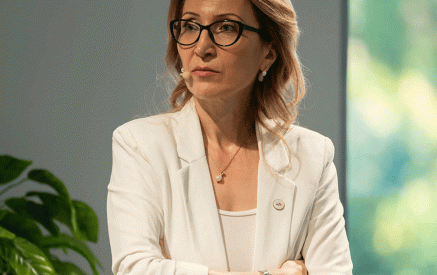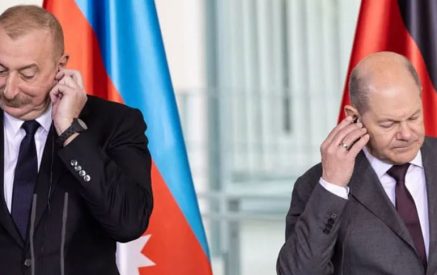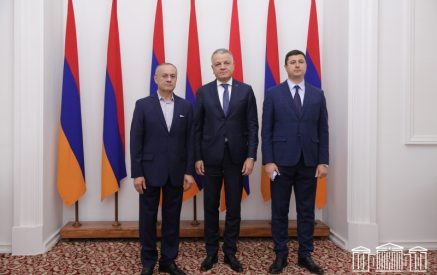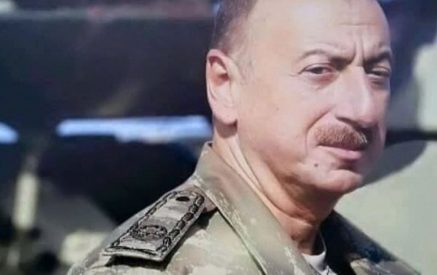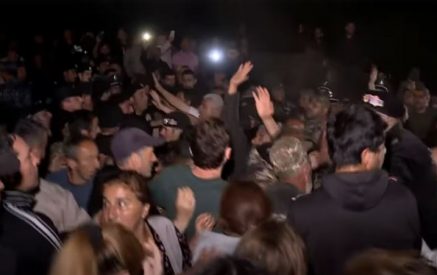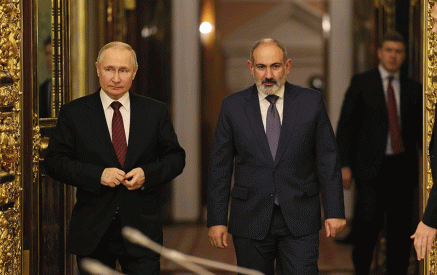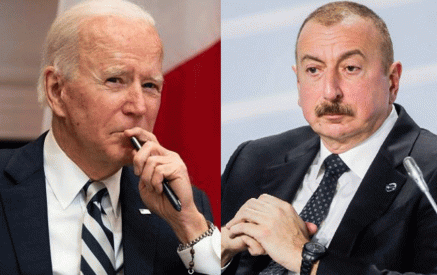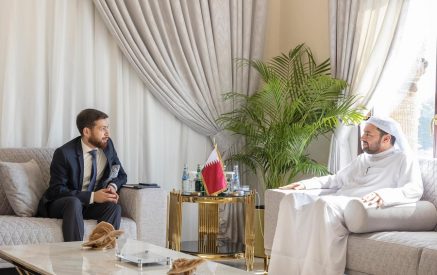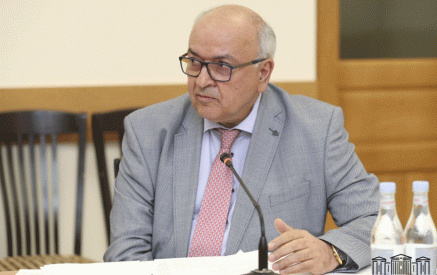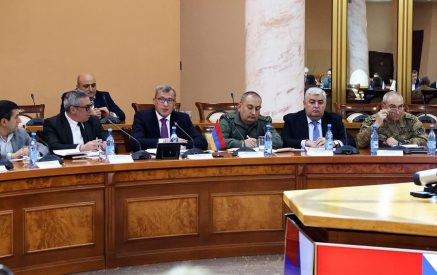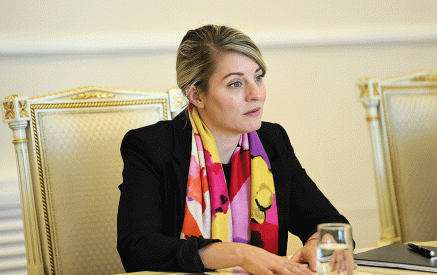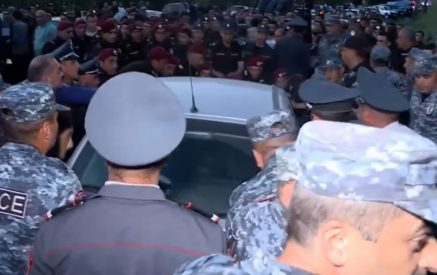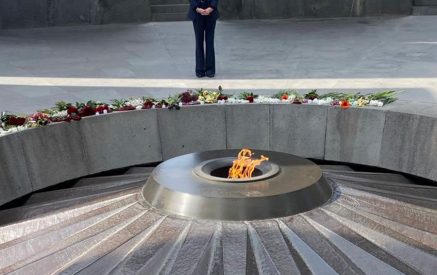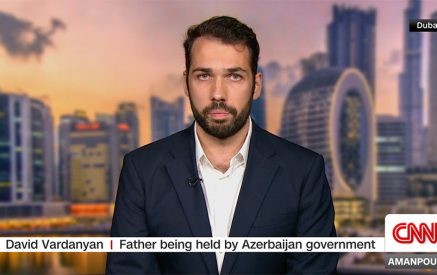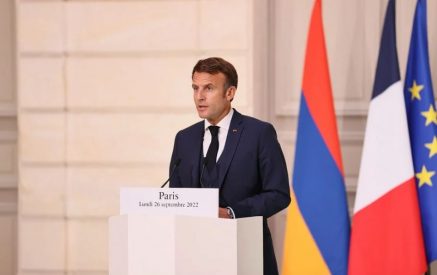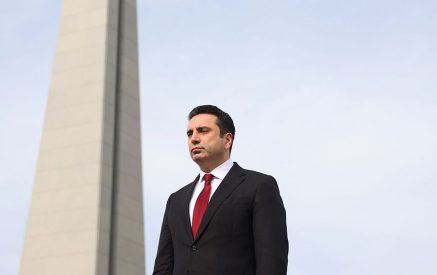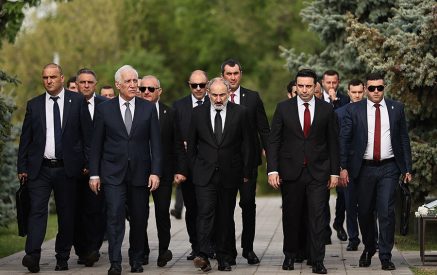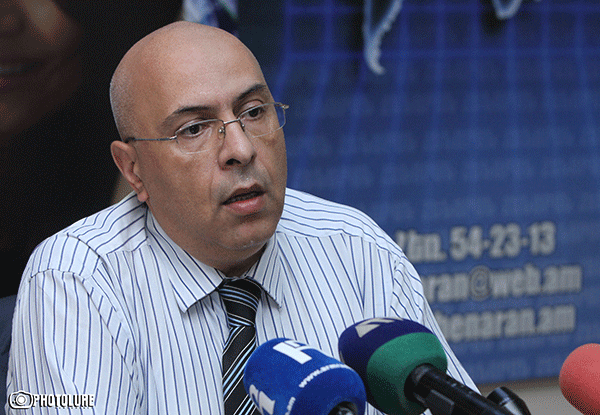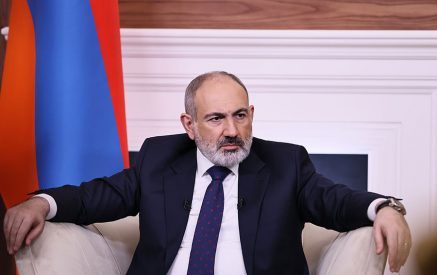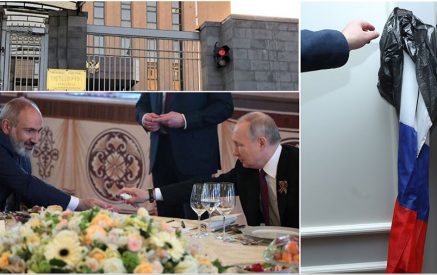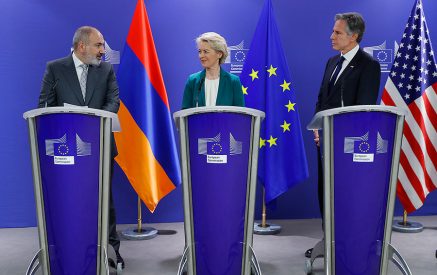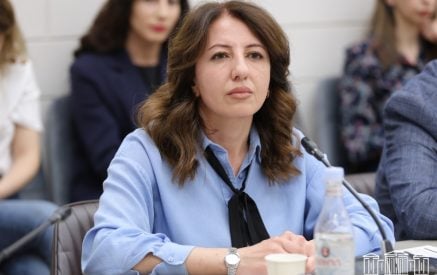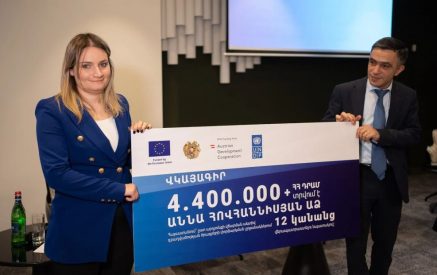From the viewpoint of political realism the Eurasian Economic Union is a project, by which Russia tries to raise its power and influence in the post-Soviet area. But it’s already a dead project, yet not born, which gives evidence, that all Moscow’s efforts towards reintegration of post-Soviet area are doomed to failure.
Factual Failure of the EEU at Astana Summit
There is no doubt, that foundation of more or less serious integration unite in the post-Soviet space is only effective if the Ukraine, along with Russia, takes part in it. But the Ukraine has chosen the way of integration with the EU: Moldova and Georgia also signed an Association Agreement with the EU. As a result, even the free trade regime has been put under doubt in the CIS area.
The Ukrainian events and the following sharp response by the West made Moscow make corrections in its tactics and plans in delivering its Eurasian ambitions. Plans of Astana and Minsk changed as well. In fact, they spoke against Kremlin’s efforts aimed at accelerating the integration processes, qualifying them as unsubstantiated and unjustified. As a result, in May 2014 the agreement signed between Belarus, Kazakhstan and Russia on founding the EEU in Astana took just a formal character. Actually by its current form the EEU doesn’t reflect the project, which was earlier designed by Moscow. The issues of unified policies in the fields of oil, gas and finances was supposed to resolve until 2025, which, indeed means postponing respective arrangements for an uncertain period. Regulations of such important issues like common citizenship, foreign and military policy, joint border control, sub-national parliament, common passport and visa regime, export control, as well as the provision on Russia’s right to protect the rights of its citizens in other countries have been removed from the draft. What is significant, the last point has been removed by Kazakhstan’s proposal.
Read also
Besides that, imposing sanctions against Russia by the West resulted in strained relations within the Eurasian trio. Kazakhstan keeps close ties with the West and has no willing to worsen them. To avoid from the international isolation along with Russia, Belarus also seeks rapprochement with the West. It’s not accidental, that Minsk and Astana refused to join Russia’s trade war against the West. Astana and Minsk even overtly appeared against the Kremlin policy. Moreover, Kazakhstan announced rather transparently and openly, that it will leave the EEU, if its membership threatens the country’s sovereignty. Thus, absence of common position in the Eurasian trio casts doubt upon the EEU’s objective, i.e. formation of a common market to provide free movement of capital, goods, services and labor.
Vague perspectives of the EEU in Central Asia
It’s impossible to imagine the EEU’s future without engagement of Central Asian countries in integration processes. However, Uzbekistan, the biggest country of Central Asia, with its 30 million of population is one of the post-Soviet countries, which always tried not to have any dependency on Russia. Referring Eurasian integration, Uzbekistan upholds a stressed “anti-integration” position. Tashkent doesn’t support Eurasian projects either and criticizes them. In 2012 Tashkent suspended its membership in the CSTO. Earlier in 2008 Uzbekistan left the EurAsEC. Uzbekistan is in good ties with the NATO. As for economic and commercial penetration of the USA, the EU and China in this Central Asian country, it continues to grow. Eurasian projects confront cultural impediments in Uzbekistan as well; the role of the Russian language as a means of business turnover and the number of Russian-speaking minorities has been diminished. At large, Russia’s leverages to influence Uzbekistan are still limited. Geo-political area and geo-economics of the region remains incomplete without Uzbekistan.
Turkmenistan is also among the countries opposing to the membership in regional unities lead by Russia. In recent years the government of Turkmenistan conducts a policy of quickly opening to the world. Russia doesn’t possess substantial political, social and economic leverages to suppress Turkmenistan. Country’s majority are Turkmens. Turkmenistan isn’t a CSTO member. Besides, the number of Turkmen labor migrants in Russia is little, i.e. money transfer from migrants doesn’t essentially influence country’s economy and social life. At large, Turkmenistan isn’t a poor country. Recently Turkmenistan succeeded to neutralize dependency from the Gazprom company, reorienting its natural gas supply to China and Iran. That’s why the country’s authorities have sufficient resources to resist Moscow’s effort to engage Turkmenistan in the EEU.
Although Bishkek announced on joining the EEU, the attitude towards country’s accession is ambiguous in Kyrgyzstan. High customs fees are set up to protect Russian production from cheaper Chinese import. Kyrgyzstan has been a WTO member since 1998, which will also raise problems in case of its engagement with the EEU. That’s why Bishkek makes terms in exchange of the EEU membership, among which: direct financial assistance from Moscow, and postponing deadlines for new customs fees. Besides these conditions, there are other issues as well. Kyrgyzstan has railway construction plans, the idea of which is supported by Beijing and not welcomed by Moscow. Thus, Kyrgyzstan’s membership in the EEU in many ways is a result of a decision conditioned rather by geopolitical circumstances, than by economic ones.
Tajikistan is a CSTO member like Kyrgyzstan; a Russian military base is also deployed on its territory. But till now Tajikistan keeps some distance in engagement with the EEU. Dushanbe conditions it by the membership of Kyrgyzstan, as it doesn’t have a common border with the EEU. Labor migrants greatly impact on economic ties of Tajikistan with the EEU. But inflation of Russian Ruble and hard economic conditions made hundreds and thousands of Tadjiks return home. Tajikistan’s joining the WTO on 2 March 2013 is a crucial circumstance in terms of its attitude towards the EEU.
Perspectives of the EEU fade in Central Asia, when it collides with Chinese economic expansion in the region. Chinese regional expansion pursues a goal to establish a buffer zone consisted of friendly states, where it will play a hegemonic role.
Through the EEU Russia tries to conduct a protectionist policy, which contradicts China’s free and open trade policy. China wants to involve Silk Road project in Asia-Pacific free trade area. It strives to remove all the obstacles in Asia-Pacific and nearby zone to reach maximum free trade. China can’t ingest Russia’s ambitions: Central Asia has great value for Beijing. In November of the last year China declared on the initiative to construct the “Silk Road economic zone”, within the framework of which it intends to invest billions of dollars in Central Asian countries for the purpose of regional commercial development. China’s leader Si Tsinpin declared, that Beijing has allocated USD 40 billion to launch infrastructure projects in Asia (Chris Rikleton, Will the Silk Road Chinese project and the Eurasian Economic Union go hand in hand in Central Asia? https://russian.eurasianet.org/node/61461).
Commercial and Economic Collapse of the EEU
After the USSR collapse foreign trade turnover among new independent states have witnessed a general decline trend, i.e. commercial disintegration took the lead. Parallel to it volumes of trade turnover with other foreign partners (the EU, China, the USA, Turkey and Iran) increased, which basically tears integration area. This phenomenon is quite obvious by Russia’s example. Moreover, the statistic data for the last two years and of January-February 2015 speaks for itself.
Russia’s foreign trade turnover (data by Federal Customs Service) made USD 782,9 billion in 2014 (as compared to the previous period – 95,6%). Export was USD 496,9 billion (as compared to the previous period – 94,2%), from which: far abroad – USD 453,3 billion (as compared to the previous period – 91,9%), CIS countries – USD 63,6 billion (as compared to the previous period – 86,0%). Import made USD 286,0 billion (as compared to the previous period – 90,8%), from which: far abroad countries – USD 253,9 billion (as compared to the previous period – 91,9%), the CIS countries – USD 32,0 billion (as compared to the previous period – 83,0%). This tendency was typical in 2013 as well.
Russia’s foreign trade turnover (data by Federal Customs Service) made USD 83,3 billion in January-February 2015 (as compared to the same period of the previous year – 71,3%). Export was USD 57,6 billion (as compared to the same period of the previous year – 76,2%), from which: far abroad countries – USD 50,6 billion (as compared to the same period of the previous year – 77,6%), the CIS countries – USD 7,0 billion (as compared to the same period of the previous year – 65,7%). Import made USD 25,7 billion (as compared to the same period of the previous year – 62,4%), from which: far abroad countries – USD 23,1 billion (as compared to the same period of the previous year – 63,3%), the CIS countries – USD 2,6 billion (as compared to the same period of the previous year – 54,9%).
Russia’s trade turnover (data by Federal Customs Service) with the EEU countries was USD 6,0 billion in January-February 2015 (by actual current prices), including export – USD 3,9 billion, and import – USD 2,0 billion. Russia’s commercial turnover with Belarus by current prices was USD 3,4 billion in January-February 2015, from which: export – USD 2,2 billion, and import – USD 1,2 billion. With Kazakhstan it was USD 2,4 billion, from which: export – USD 1,5 billion, and import – USD 0,9 billion. With Armenia it was USD 197,5 million, from which: export – USD 186,8 million, and import – USD 10,7 million.
Ashot Yeghiazaryan
Doctor in Economics
“Improving Security Policy Debates in Armenia” Program (NED)
The Armenian Institute of the International and Security Affairs (AIISA)


